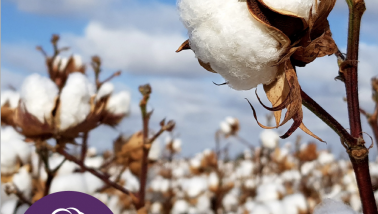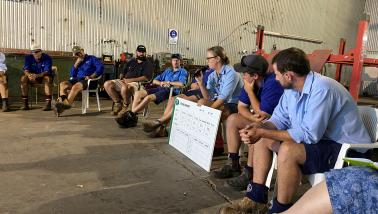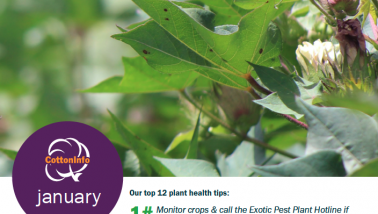Endemic diseases such as Verticillium and Black root rot can inhibit production and be costly for growers and consultants. Integrated disease management (IDM) strategies are important for controlling and reducing the impact diseases can have on farm. In back-to-back cotton fields, the disease risks are higher, increasing the importance of using a range of IDM strategies such as planting resistant varieties.
The development of resistant varieties has been a prominent method for managing major cotton diseases including Fusarium wilt. The industry has developed a ranking system (F…
Read More







